-
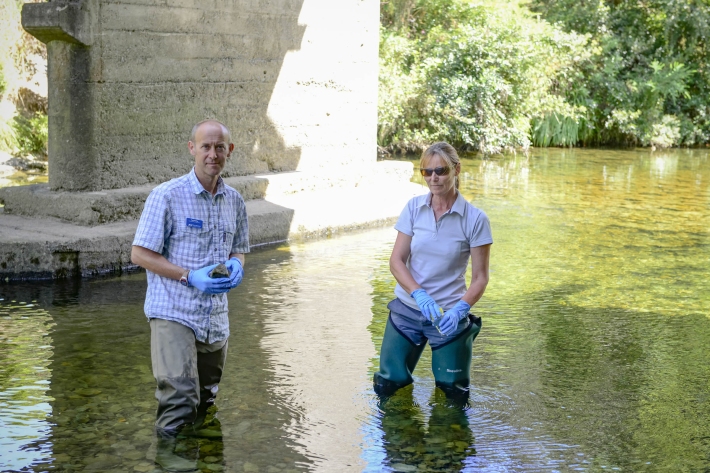
Citizen science: Monitoring the Maitai
Feature story11 April 2018The first Wednesday of the month finds Philippa Eberlein and her Friends of the Maitai colleagues collecting samples from the Maitai River in Nelson. -
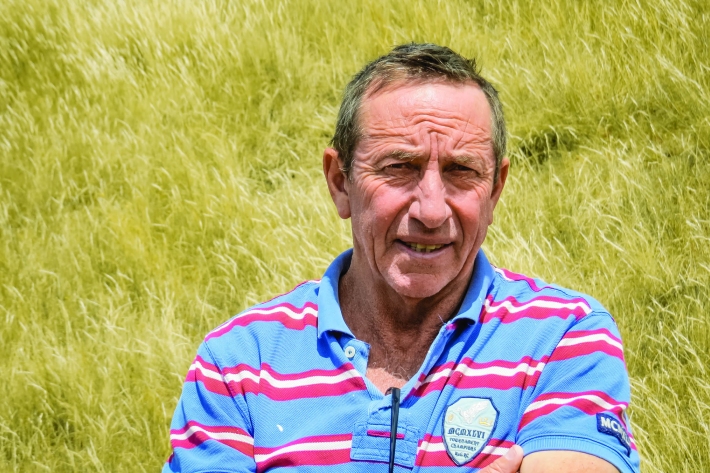
Beating drought
Feature story10 April 2018How a regional climate history helped save a farm and cure depression -
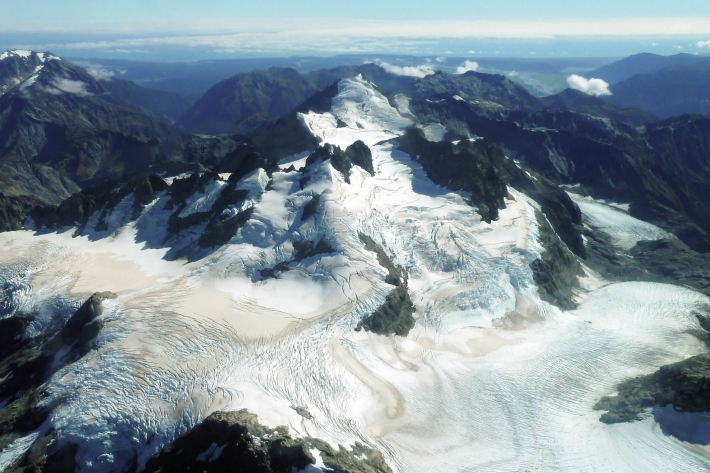
NZ snowline shrinks
Feature story06 April 2018New Zealand’s glaciers have all retreated and lost volume since NIWA started surveying them in 1977. -
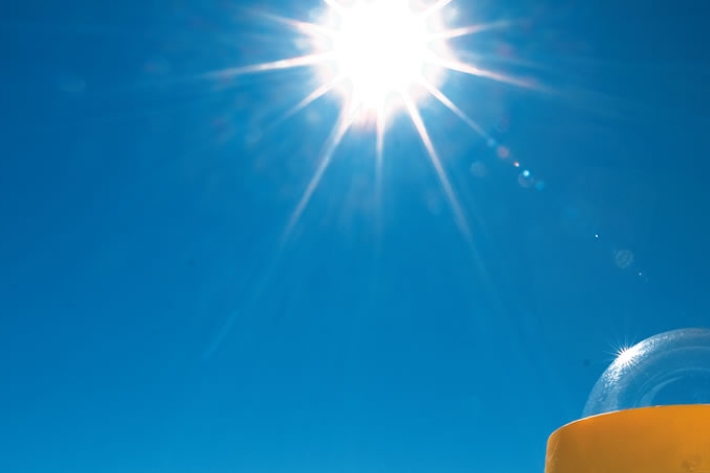
Light shines on UV radiation research
Media release29 March 2018Sun worshippers may feel the burn next week as scientists and health professionals from around the world meet in Wellington to discuss the latest research on the effects of UV radiation. -
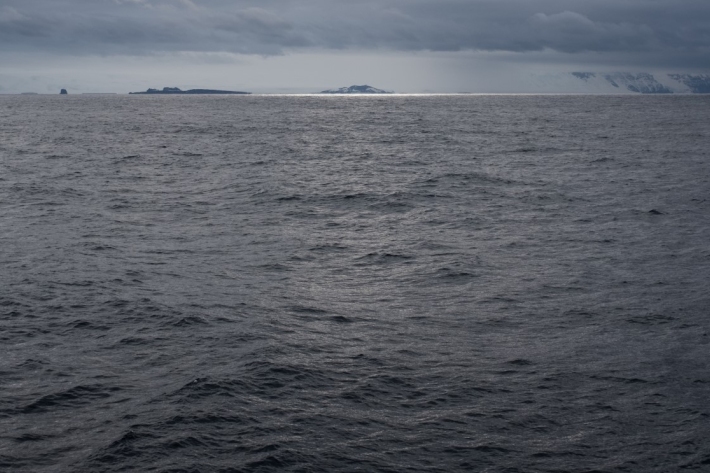
NIWA ship returns from Antarctica with ‘pieces of a puzzle’
Media release21 March 2018The absence of sea ice near Antarctica over the past six weeks has astonished scientists undertaking research aboard NIWA’s flagship research vessel Tangaroa.
Tangaroa Marine Environment and Ecosystem Voyage 2018 -
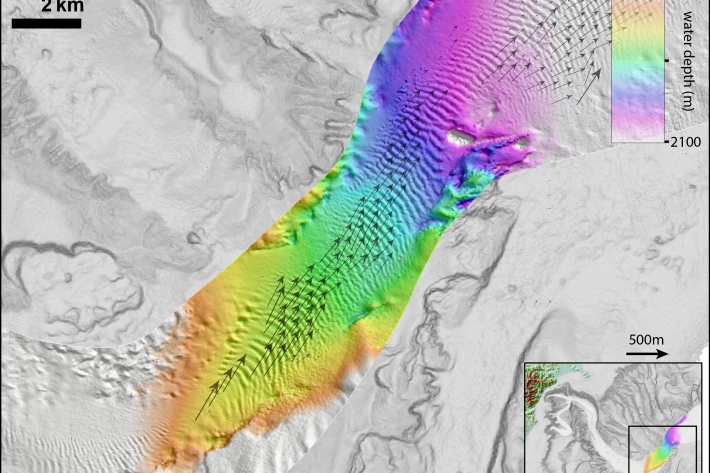
Kaikōura earthquake generated huge submarine sediment shift
Media release15 March 2018The 2016 Kaikōura Earthquake has shown that more than 100 million dumptrucks of mud and sand flow through the Kaikōura Canyon every 140 years, scientists say. -

Scientists measure glaciers after record-beating summer
Media release08 March 2018Climate scientists and glaciologists are taking to the skies this week to find out how New Zealand’s glaciers are faring following this summer’s record-breaking warmth. -
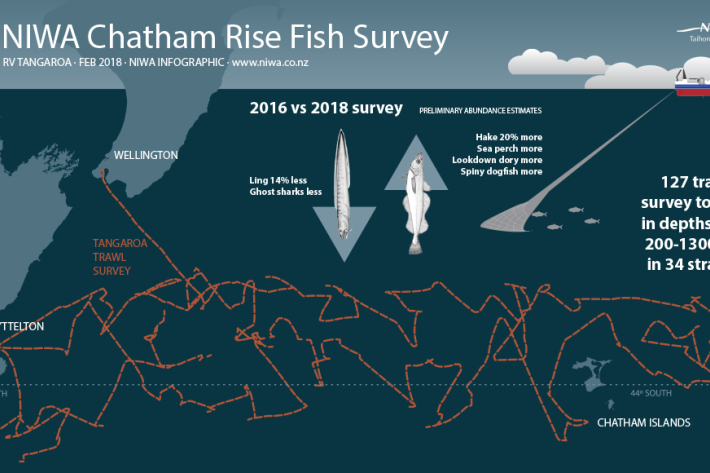
NIWA expertise contributes to healthy hoki fishery
Media release28 February 2018When NIWA fisheries scientist Richard O’Driscoll went to sea earlier this year, he and his team measured so many fish that laid end to end, they would have stretched for 31km. -

Swamp kauri providing a window to the past for scientists
Media release26 February 2018Ancient swamp kauri is being used by NIWA scientists to reveal the secrets of past climates. -

Five more days from the official hottest summer on record
Media release23 February 2018Despite a sub-tropical storm and two ex-tropical cyclones, this summer is about to become the hottest in history. -

Scientists send snapper to boot camp
Media release19 February 2018At a laboratory just outside Whangarei, scientists are putting very young snapper through comprehensive physical testing - including a full medical check-up involving smell, hearing, vision, and even anxiety testing. -

Warmer seas make whales more difficult to find and track
Media release16 February 2018A two-week expedition to tag blue whales in New Zealand waters for the first time, almost came up empty due to warmer sea temperatures causing the animals to change their behaviour.
